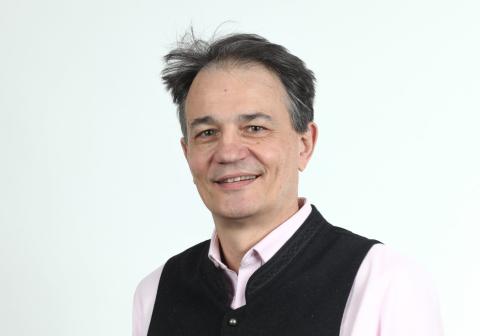Abstract
Hearing loss and peripheral neuropathy are two clinical entities that are genetically and phenotypically heterogeneous and sometimes co-occurring. Using exome sequencing and targeted segregation analysis, we investigated the genetic etiology of peripheral neuropathy and hearing loss in a large Ashkenazi Jewish family. Moreover, we assessed the production of the candidate protein via western blotting of lysates from fibroblasts from an affected individual and an unaffected control. Pathogenic variants in known disease genes associated with hearing loss and peripheral neuropathy were excluded. A homozygous frameshift variant in the BICD1 gene, c.1683dup (p.(Arg562Thrfs*18)), was identified in the proband and segregated with hearing loss and peripheral neuropathy in the family. The BIDC1 RNA analysis from patient fibroblasts showed a modest reduction in gene transcripts compared to the controls. In contrast, protein could not be detected in fibroblasts from a homozygous c.1683dup individual, whereas BICD1 was detected in an unaffected individual. Our findings indicate that bi-allelic loss-of-function variants in BICD1 are associated with hearing loss and peripheral neuropathy. Definitive evidence that bi-allelic loss-of-function variants in BICD1 cause peripheral neuropathy and hearing loss will require the identification of other families and individuals with similar variants with the same phenotype.
PMID:37240244 | DOI:10.3390/ijms24108897
UK DRI Authors
